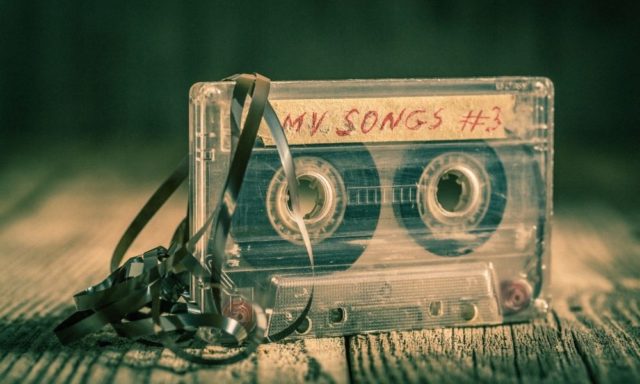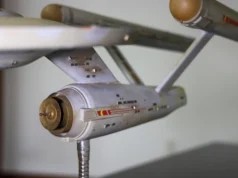
Music playing devices have come a long way since the gramophone—now, we all use our phones and computers to listen to music through our favorite music streaming apps. As technology continues to evolve, we should reflect on how we got here and think back to various media formats. Take a walk down memory lane with a timeline of different music players.
1887: The Gramophone and Records
The gramophone still retains its elegant image as a significant symbol of music by being the star of the Grammy award. These record players held their role in music for nearly a half of a century—and long play (LP) vinyl records are still popular today. Though the original sound quality left much to be desired, the ability to playback music was a necessary advancement in the sprouting entertainment industry.
1906: Radio
Though radio for talk and music developed in the early 1900s, limitations on radio waves during WWI stunted its growth for the purpose of entertaining. Once the war ended, radio continued to evolve with FM radio—a higher quality transmission.
1963: The Cassette Tape
After the record came the compact cassette—a much smaller device that could record interviews, answering machine recordings, and, most importantly, music. The history of the cassette tape remains fresh in many minds, providing fond memories of nostalgia to anyone who excitedly popped their favorite cassettes into their car stereo, boombox, or Walkman.
1970s: The Boombox
Boomboxes created an entire culture around music, dance, and camaraderie. These portable stereos played back cassette tapes and radio at high volumes and became a staple of city life.
1979: The Walkman
As soon as music went pocket-sized, the world would never be the same. Everyone needed a Walkman portable cassette player in their lives. Even though the name is a branded model by Sony, the name stuck and even carried into the legacy of the portable CD player.
1983: CD Players
Society soon returned to the concept of music discs—only this time with a digital twist. Compact discs utilized laser technology to read data; at the time, CDs held more data than a computer hard drive! For musicians, more data meant more songs and longer albums along with better audio quality—a direct upgrade. In the 1990s, consumers could burn their own discs and copy music directly to their computers.
1998: MP3 Players and Digital Audio Formats
Rounding out the end of this timeline of different music players are MP3 players and the further development of digital music players. Though you couldn’t store that much music on them at first, MP3 players revolutionized the way people listened to music. Apple would go on to develop their own iPod in 2001, which sprouted the growth of a dominating household name. Soon, people could store music on their phones and use the files as their ringtones. Apple created the iPod Touch, which soon evolved into their iPhone, eventually leaving us with the smartphone technology and internet connectivity that we use today.












